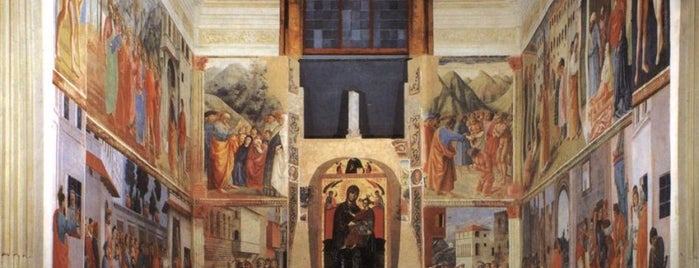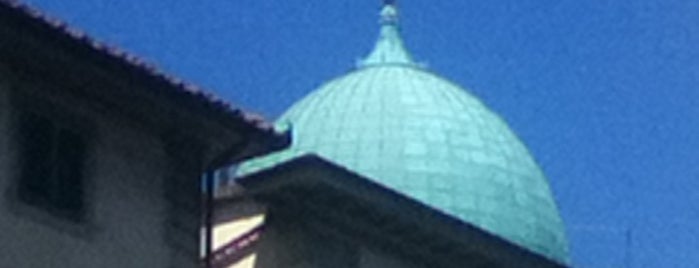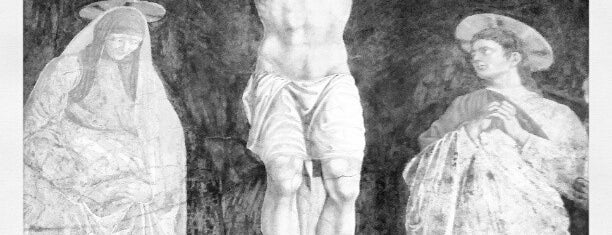![]() The Santa Maria Novella Complex includes the Dominican Basilica and the adjoining monumental cloisters. The church preserves some works with an extraodinary value, such as the Crucifix by Giotto Read more.
The Santa Maria Novella Complex includes the Dominican Basilica and the adjoining monumental cloisters. The church preserves some works with an extraodinary value, such as the Crucifix by Giotto Read more.
![]() The Baptistery of S. Giovanni was the core of the spiritual life from the beginning and it is still today a monument identity for the fiorentine citizens. Read more.
The Baptistery of S. Giovanni was the core of the spiritual life from the beginning and it is still today a monument identity for the fiorentine citizens. Read more.
![]() The Franciscan Church of Santa Croce dates back to the thirteenth century and it is able to fascinate the visitors for the size of its space and the variety of its treasures. Read more.
The Franciscan Church of Santa Croce dates back to the thirteenth century and it is able to fascinate the visitors for the size of its space and the variety of its treasures. Read more.
![]() The Greater Company of Saint Mary of Bigallo managed the Hospice for pilgrims and travellers in Florence just since the fourteenth-century. It houses some 14th century frescos Read more.
The Greater Company of Saint Mary of Bigallo managed the Hospice for pilgrims and travellers in Florence just since the fourteenth-century. It houses some 14th century frescos Read more.
![]() The Synagogue inaugurated in 1882 is considered one of the most important in Europe; its green copper cupolas can be seen from all over the city. Read more.
The Synagogue inaugurated in 1882 is considered one of the most important in Europe; its green copper cupolas can be seen from all over the city. Read more.
![]() In 1447, Andrea del Castagno painted a fresco on the wall of the monastery refectory depicting the Last Supper, the Crucifixion, the Deposition and the Resurrection. Read more.
In 1447, Andrea del Castagno painted a fresco on the wall of the monastery refectory depicting the Last Supper, the Crucifixion, the Deposition and the Resurrection. Read more.
![]() The great Florentine painter Andrea del Sarto painted frescoes on the walls of the cloister in several occasions from 1509 to 1526, walls show monochrome scenes representing the Life of the Baptist. Read more.
The great Florentine painter Andrea del Sarto painted frescoes on the walls of the cloister in several occasions from 1509 to 1526, walls show monochrome scenes representing the Life of the Baptist. Read more.
![]() The museum is part of the new sacristy, designed and conceived by Michelangelo, who built it starting from the same plant of the Old Sacristy of Brunelleschi. Read more.
The museum is part of the new sacristy, designed and conceived by Michelangelo, who built it starting from the same plant of the Old Sacristy of Brunelleschi. Read more.









